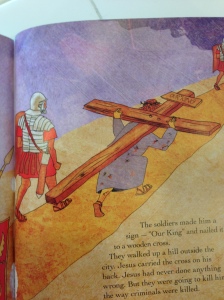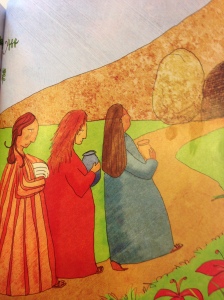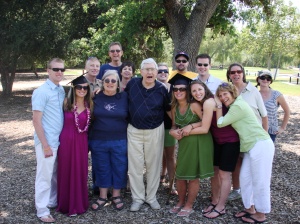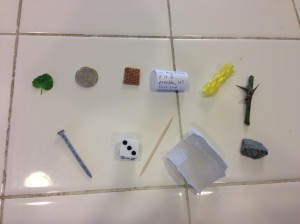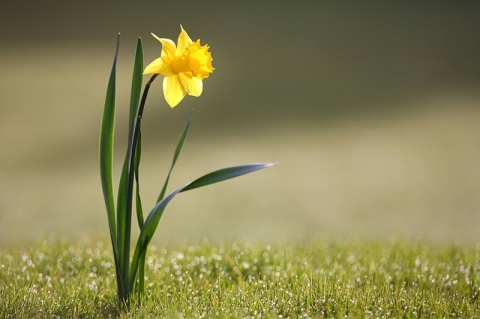 This post will not be funny. In fact, it will not even be fun. But I need to write it. I need to write this, because writing helps me process my own thoughts–and I have a lot of thoughts racing through my mind right now. I need to write this because some day this moment will only be a memory, and I’ll want to remember the details. I need to write this because I need your prayers right now. I need to write this because I know I am not alone in this struggle–and if I can help any of you to feel hope or peace knowing that you are not alone, then it will be worth it.
This post will not be funny. In fact, it will not even be fun. But I need to write it. I need to write this, because writing helps me process my own thoughts–and I have a lot of thoughts racing through my mind right now. I need to write this because some day this moment will only be a memory, and I’ll want to remember the details. I need to write this because I need your prayers right now. I need to write this because I know I am not alone in this struggle–and if I can help any of you to feel hope or peace knowing that you are not alone, then it will be worth it.
Today was supposed to be a fun day–I would have gotten a popup from the baby tracker app on my phone that told me all about my fetus who would turn 8-weeks today. My baby would be the size of a raspberry and have brain cells growing at the rate of 100 cells per minute. But instead of being 8 weeks closer to meeting our new baby, I am saying goodbye to a baby that will never be. I am in the middle of one of the greatest challenges I’ve ever found myself in: a miscarriage. It’s one of those experiences that I’ve witnessed in others and prayed to never have brought upon myself. And yet, here I am.
When Jon and I found out on Christmas Eve that I was pregnant, we were overjoyed. We had been praying for this child for over a year, and it felt like we’d scored the jackpot. It was a Christmas miracle! Since we were in Washington for the holidays, we got to share our happy news with all of our family and closest friends in person. Looking back, I am so grateful that we had that time to share our joy with the people we love them most. For the moment, it seemed, everything was perfect.
Unfortunately, our joy was short-lived. Once we returned to California I made an appointment with my doctor to confirm the pregnancy. But during my first routine blood test, a problem quickly became apparent. My pregnancy hormone levels were raising, but not as much nor as quickly as they should be. Over the course of that week I returned to the doctor for half a dozen blood draws, prescription medication, and two ultrasounds. Then, last Friday, January 16th, I got the very diagnosis I’d been dreading: our pregnancy was coming to a close, and there would be no baby to meet at the end of it.
The doctor explained to me that I was experiencing something called a blighted ovum or an anembyonic pregnancy. What this means is that a fertilized egg attached itself to the uterine wall, but the embryo never developed. Somewhere in those very early stages of development, something went wrong. My body didn’t know this, though, so it kept preparing to host a new life. The pregnancy sac and the placenta developed, and I experienced the normal side-effects of first-trimester pregnancy. There was no way I could have known what was actually happening inside my body, and there was nothing I could have done to change the outcome.
Eventually my body will realize that the baby is no longer developing, and a physical miscarriage is imminent. My doctor gave me the choice of taking medication to initiate this process, or of going in for a medical procedure, or of simply waiting for nature to take its course. I opted to wait for a week to see if things will occur naturally, but when I return to the doctor this Friday we will decide if there are other steps that I want to take. For now, though, I am in that gray area of waiting. Waiting for something I am dreading and mourning. Waiting for the inevitable unhappy ending to my fairytale. It’s horrible, and I am broken.
A few days ago I went for a run to try to clear my mind. And as I was out there, alone on the trail, I came upon something that made me stop in my tracks. Right there on the side of the trail was a clump of daffodils, pushing their way out of the soil and proudly blooming in the sunlight. My first thought when I saw the daffodils was that this just wasn’t right.
Having lived in cold places all my life, the blooming of daffodils has always been a sign for me of triumph and new beginnings. Daffodils come at the end of the darkest season to remind us of the light that is to come. You see, in cold places, there is this season that comes every year called winter. In California we don’t so much get winter as we get a few cool-ish days mixed in with the usual sunshine. Winter in cold places is different. Everything is frozen and dark and bleak. The plants wither away to shriveled twigs and the animals go into hiding. I detest it. And then, just when it seems you’ll never enjoy daylight again, Spring arrives. The sun begins to warm the earth, the animals come out of hibernation, and the plants awaken. The daffodils bloom. I know that the worst is behind us and a new season has begun.
So as I was standing there staring at daffodils blooming in the middle of January, I understood something. These lucky California flowers didn’t have to endure the long winter and fight for survival, yet they were still allowed to blossom and grow. They were experiencing undeserved grace, getting something wonderful even though they’d done nothing to deserve it. And you know what? I am experiencing that same grace, even in the midst of this darkest hour.
Every time I hug and kiss and snuggle the two sons I already have, that is grace. Every time my husband encourages me or lets me cry on his shoulder, that is grace. Every time a friend calls or texts or sends me an email to let me know they are praying for me, that is grace. Every time I find joy in the midst of pain, that is grace. Every time the sun rises on a new day, that is grace. Every time I am reminded of where my hope lies–not in the fleeting conditions of this world, but in my eternal salvation through Jesus–that is grace.
And, even though I so desperately wanted to meet this baby, there is grace in this miscarriage. I don’t know why my baby didn’t grow, but I do know that God knew how this story would end before it even began. He allowed this to happen and, some day, I may even understand why. You see, God never promises to spare us from pain. In fact, quite the opposite is true. The Bible promises that life in this broken world will be FULL of hardship and strife. But God has an answer for that pain. He promises to be with us in our struggles, to comfort us and to heal us and to strengthen us. He promises to never leave our side, and to give us hope when we feel hopeless. Despite my great grief, I feel that overpowering peace that I know could only come from Him. I am reminded of God’s promise:
“For I know the plans I have for you,” declares the Lord, “Plans to prosper you and not to harm you. Plans to give you hope and a future.” Jeremiah 29:11
So that is the grace I am holding close to my heart today. Even though all I see right now is a disaster, God has a plan. He has a plan for me and my family and our baby who He’s already called Home. He has plans to pull me out of my despair and allow me to flourish again. This ordeal is not meant to harm me, but to grow me in new and challenging ways. He reminds me that my hope has simply been deferred, not abandoned–and that my hope in His Truth has been strengthened. He promises me a future. This is not the end of my story.
And just like the daffodils, I will bloom again some day. But first, I have to get through the long, dark days of winter. I will survive, and I will live to see the light of a new beginning.
By God’s grace, I will triumph.





